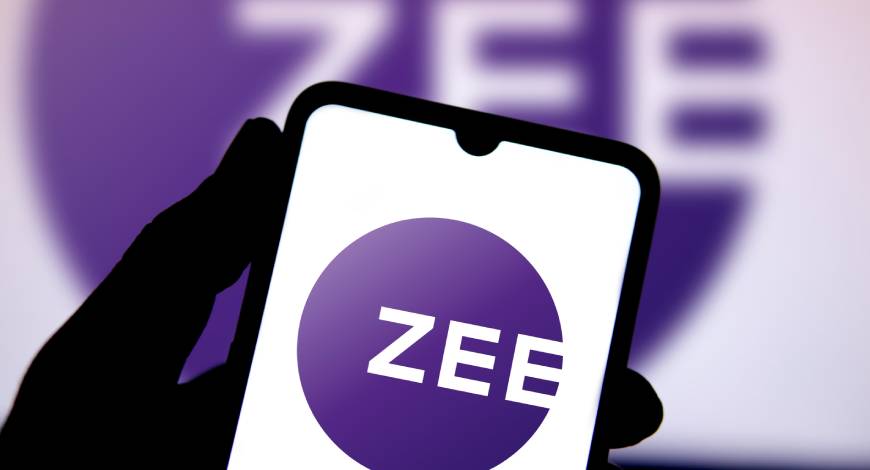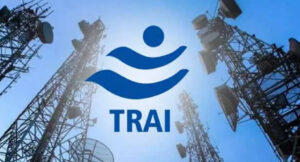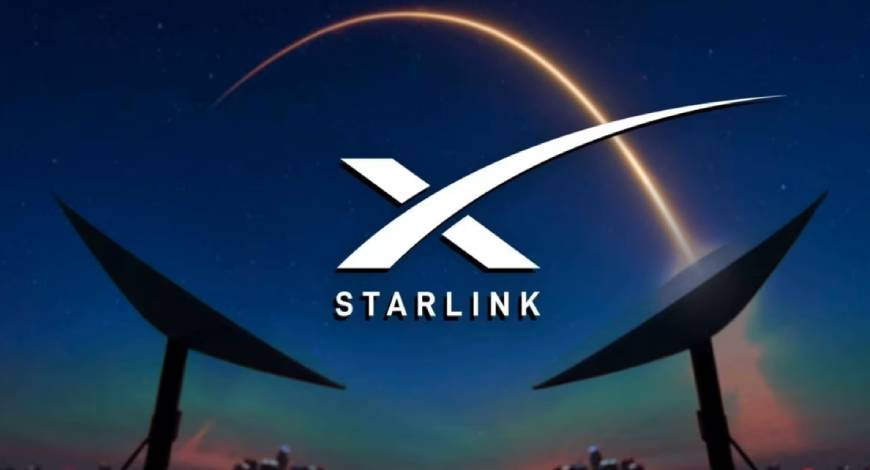Elon Musk’s Starlink Services, which delivers high-speed internet almost anywhere on the Earth, has got the approval from the Department of Telecom (DoT) for commercial operations, said Telecom Secretary Neeraj Mittal.
However, they still need to get another couple of approvals from the department. “Once they apply for spectrum, they need to do the testing and then show compliance to the security conditions,” he told businessline on the sidelines of a symposium here on Thursday.
When asked if there is any timeframe, he said, “essentially it is in the hands of Starlink now. Government is not standing in the way.”
Starlink is the third company to get a licence from DoT, which had approved similar applications by Eutelsat’s OneWeb and Reliance Jio to provide services in the country.
Satcom Licence
On Amazon Kuiper getting a licence for satcom, Mittal said, “I think application is in place, but I think it is a little distance from approval.”
If there is any timeline on getting the licence, he said, “I don’t think it is in our hands. They have to pursue it and come up with whatever gaps there are in the application,” he said.
Mittal was in Chennai to inaugurate the first Telecom Technology Development Fund (TTDF) Symposium 2025. The three-day event brought together thought leaders, innovators, and industry stakeholders to explore India’s strides in telecom R&D, indigenous technologies, and the vision for a digitally empowered Bharat.
After giving a brief about the fund, Mittal urged the audience to raise any issue that they may have about the fund, which was launched two years ago, and improve it.
Later talking to newspersons, Mittal said the department is working on re-vamping the entire sanction programme of TTDF. The idea of the whole workshop is to actually get people to tell what is not working and how it can be made better.
Digital Bharat Nidhi, erstwhile Universal Service Obligation Fund under the DoT launched TTDF on October 1, 2022.
There has been a tremendous amount of funds which have flown into the telecom sector. The challenge of this programme is collaboration. Getting synergies across projects. This symposium is really intended to bring all this knowledge together, he said.
Proposals doubled
Mittal said in 2024-25, the number of proposals evaluated doubled to 941 as against 405 in the previous year. A total of 125 proposals were approved in 2024-25 as against seven in the previous year (up by 18 times) and the number of MoUs winged was 111 as against 7 (15 times). In 2024-25, a sum of ₹297 crore was approved as against ₹255 in the corresponding year. A sum of ₹158 crore was disbursed (₹29 crore), he said.
Mittal said the department is also on an electronic platform by which knowledge sharing can happen among various stakeholders. “We want to keep this pace going and we hope that we will be able to learn with all these suggestions made to improve upon the existing structure,” he said.
Mittal said that a lot of research is happening.
“We have made targeted calls for chipset design, rural connectivity pilots, 6G, Quantum standardisation and certification, financial support for market readiness. We are trying to cover the entire supply chain of the telecom research ecosystem,” he said. The Hindu BusinessLine









